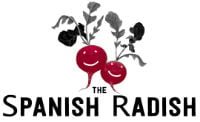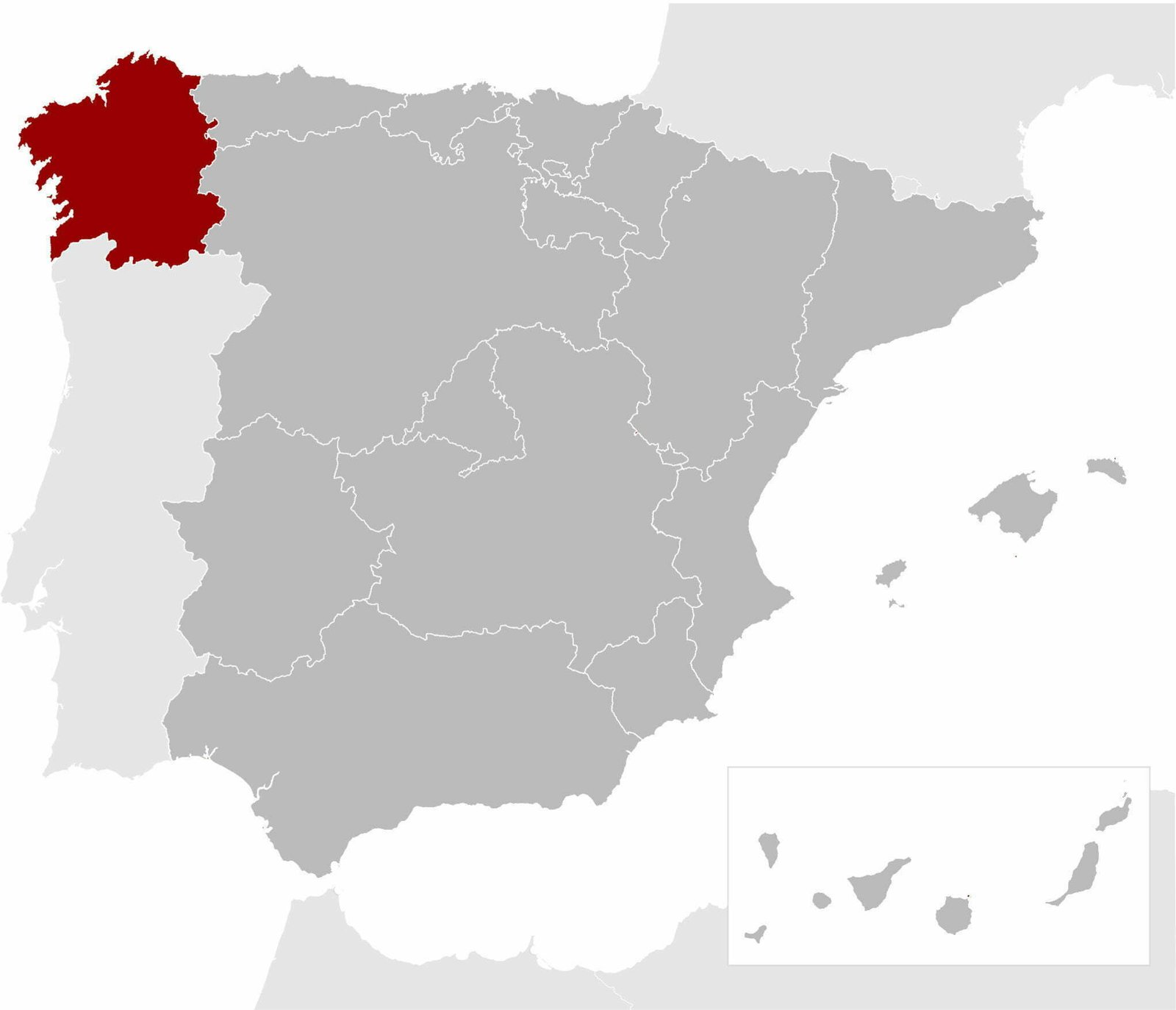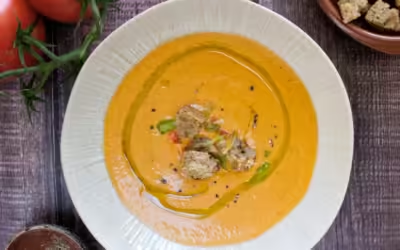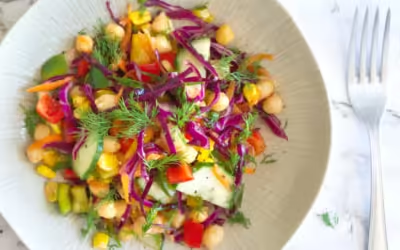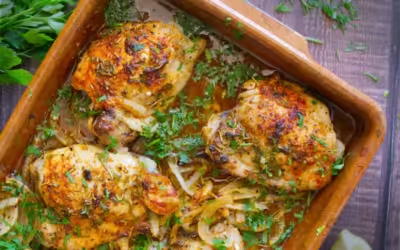Galicia Regional
Foodie Guide
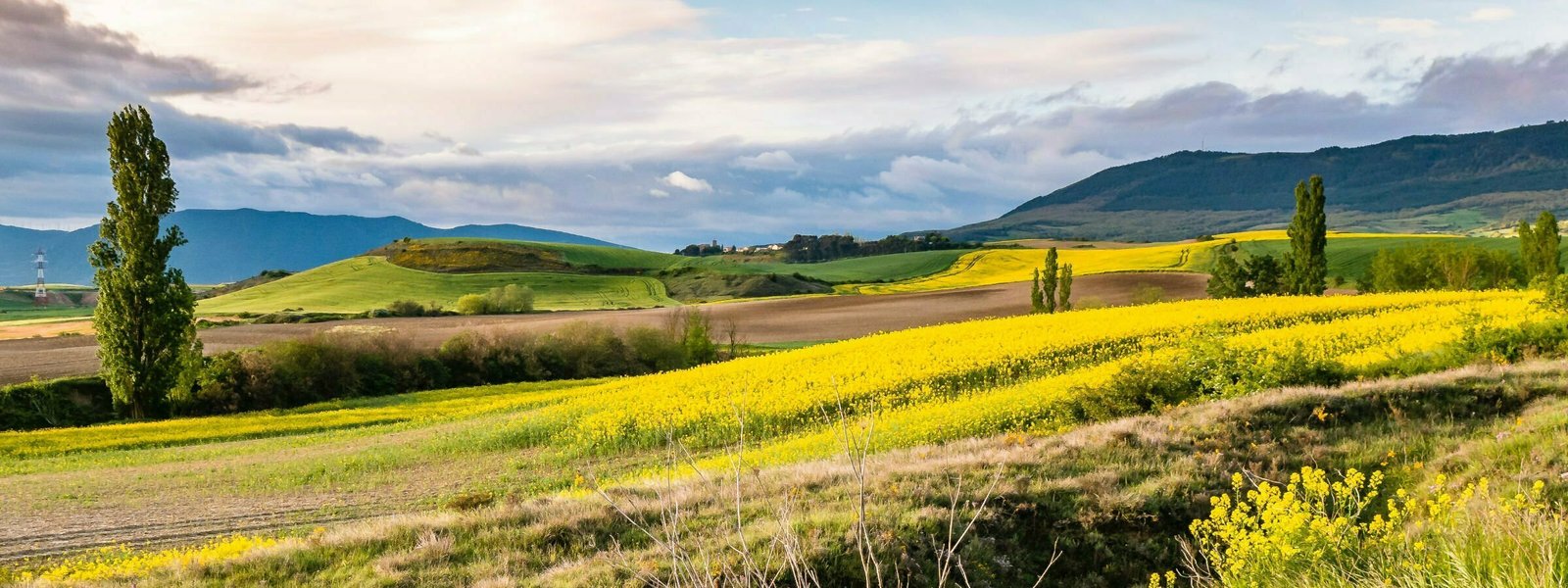
Welcome to the Galicia region. Come explore with us with our Galicia regional foodie guide!
Exploring the far northern Galicia region by food is like opening a foodie treasure trove. With a rugged coastline that divides two seas, undulating hills, and large fertile plains that benefit from the highest annual rainfall in Spain.
Galician cuisine is perhaps most famous for the stunning dessert, the Tarta de Santiago, but visitors to the region should take time to explore the many delicacies and dishes that are made in the region.
A trip to Galicia is not complete without sampling the incredible range of fresh seafood, meat, and dairy foods that are produced locally and which are sure to leave a lasting impression on even the most well-traveled foodie.
An Introduction to the Galicia region of Spain
Galicia is located In the far northwest of Spain and is bordered by the Atlantic Ocean to the west and the Cantabrian Sea to the north. The inland Galician region is defined by rolling hills and several mountain ranges to the east and south where the region meets Portugal.
The largest city within the Galician region is A Coruña which is located in the Golfo Ártabro, a large gulf where the city bustles with around 250,000 inhabitants. The city is surrounded by azure blue waters and boasts a large white sand beach that opens up to the Cantabrian Sea to the north.
The political and central capital of the Galician region is the city of Santiago de Compostela, which attracts more than 200,000 pilgrims each year who culminate once completing the Camino de Santiago pilgrimage route (known in English as the Way of St. James).
Alongside many historic buildings scattered throughout the city lies the old town district, where a wealth of tapas bars and exceptional restaurants serve local Galician cuisine.
Other significant city centers within the Galicia region are the seaside cities of Vigo and Pontevedra, and inland there are the regional cities of Ourense and Lugo (which is noted as the only city in the world to be surrounded by completely intact Roman walls).
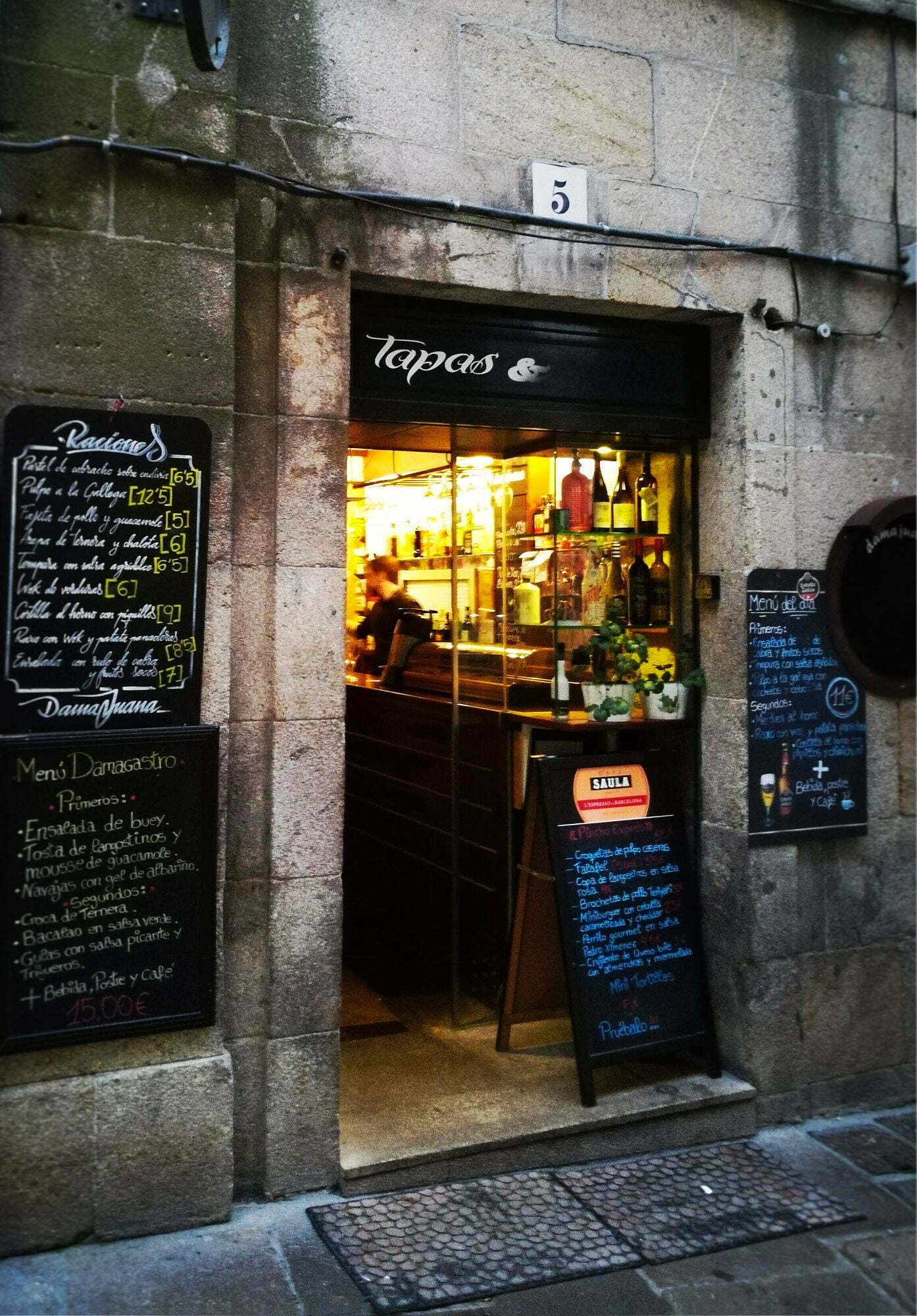
Galician food and fresh produce
Due to the regions access to the cool waters of the Atlantic ocean, seafood and fish ingredients feature prominently in many of the dishes from the Galicia region. Dishes such as Polbo á feira (octopus soup) and Percebes (known as Goose barnacles in English) are just two such examples.
Another staple of the Galicia region is the humble potato. Galicia benefits from one of the highest annual rainfalls in Spain, providing lush green meadows that are ideal for year-round growing of a range of seasonal crops, fruit, and vegetables.
Agriculturally farmed products are steeped in history in Galicia and produce such as maize and wheat are staples in the Galician diet, with various artisan bread being made throughout.
Galicia’s climate is also perfectly suited for its well-established dairy farming sector, providing the region with a variety of rich cheeses, milk, and other dairy products.
With fertile grazing land, Galicia has a strong animal husbandry sector, offering excellent quality meat products, poultry, and game meats.
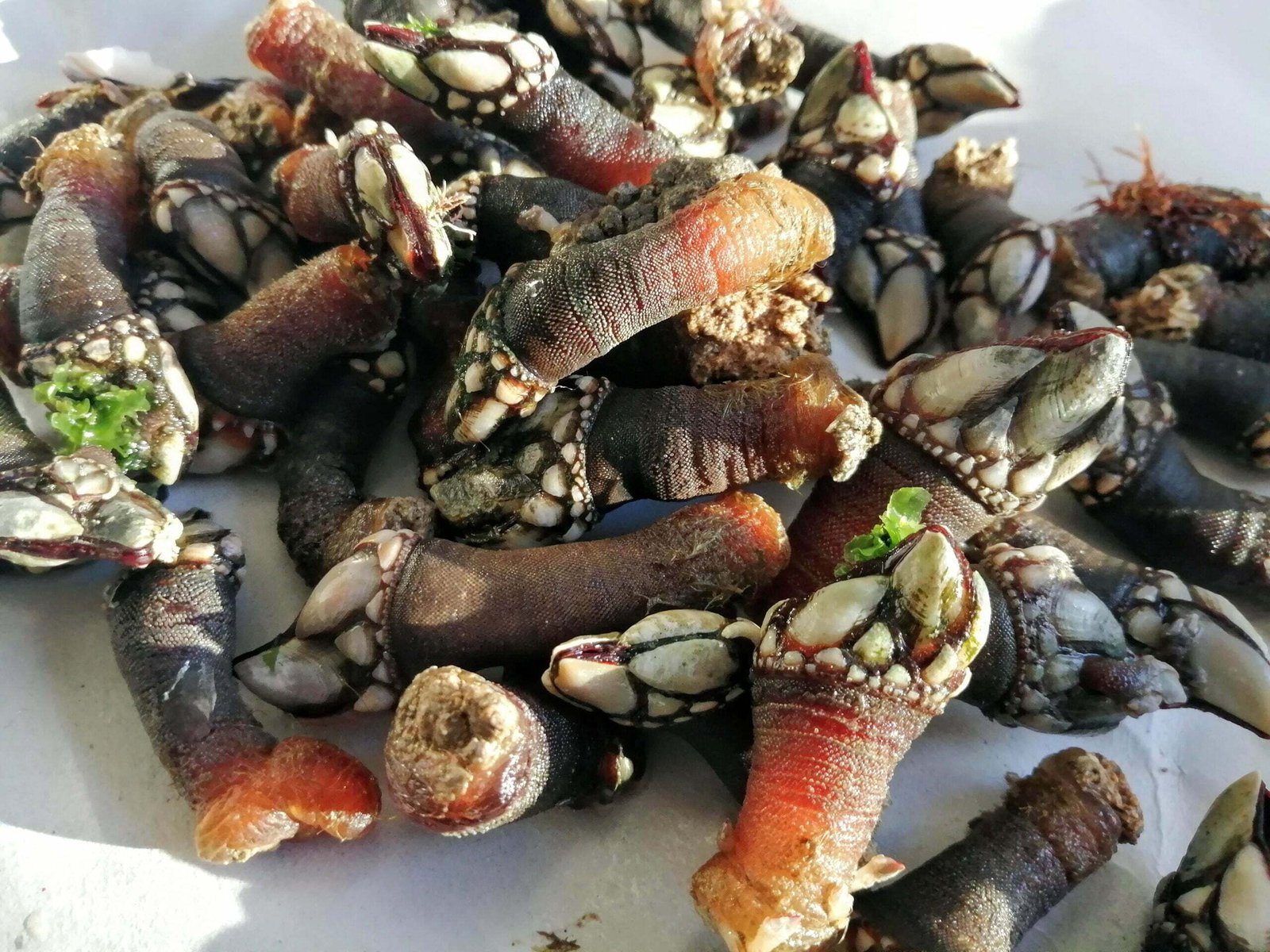
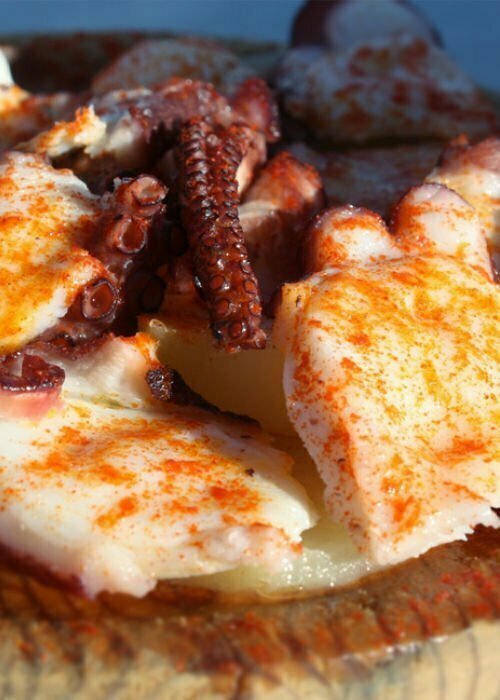
Some typical Galician dishes include:
- Polbo á feira (octopus soup)
- Pulpo a la gallega (Galician octopus on a bed of potatoes)
- Empanada galega
- Caldo gallego (soup)
- Lacón con grelos (meat and potatoes)
- Androlla (pork sausage)
- Botelo or butelo (pork sausage)
- Mejillón de Galicia
- Mejillones rellenos (Bilbao + Galicia)
- Pementos de Padron (Padron Peppers)
- Ternera Gallega
- Percebes (known as Goose barnacles in English)
- Zamburiñas A La Gallega – Galician Scallops
Check out these great recipe guides from the Galicia region;
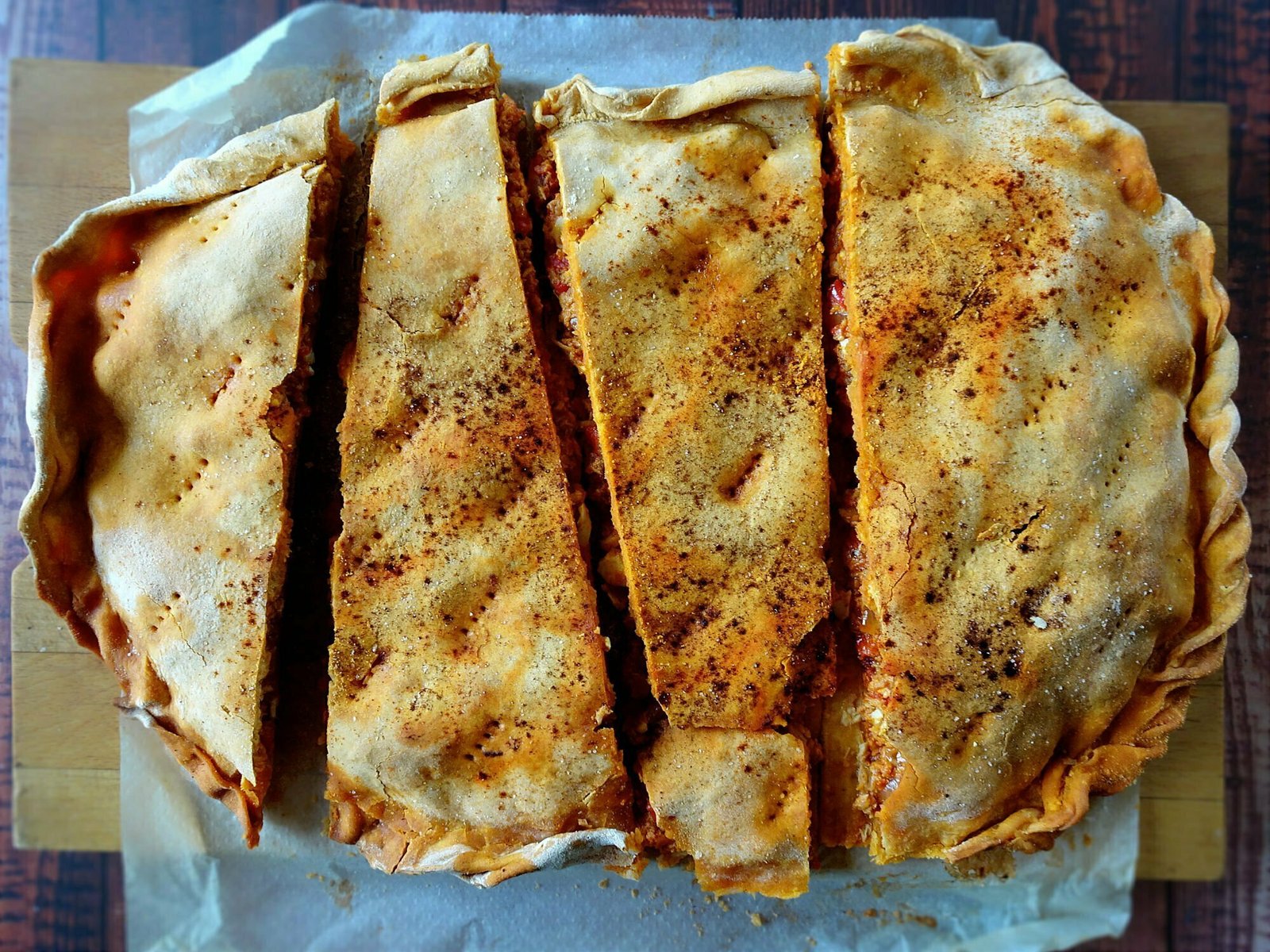
Galician Cheese Production
Galicia has a thriving cheese and dairy scene that is bolstered by the stunning interior landscape. With gently rolling hills and large grazing plains, abundant rainfall year-round, and a strong history of animal-husbandry and dairy farming, Galicia is a cheese lover heaven and offers a wide variety of delicious cheeses and dairy products!
Cebreiro is an unripened or ripe, mushroom-shaped cheese made from pasteurized cow’s milk produced in the province of Lugo. Unripened Cebreiro is white, grainy and soft, very creamy in texture, and melts in the mouth. The flavor is slightly sharp and piquant.
The ripe version of this cheese is more yellow in color, harder and denser in texture, and has a more pronounced piquancy and sharpness.
Arzùa-Ulloa is a cheese made from raw or pasteurized cow’s milk. The cheese has a waxy rind and is white to pale yellow in color. It is considered a mild-tasting cheese whose flavor is reminiscent of that of butter and yogurt. Arzùa-Ulloa is often served as a component of a dessert.
Queso Tetilla is an aged semi-soft cheese made with cow’s milk. It is a semi-hardened texture and has a mild, buttery flavor. The cheese is sold in a typical pear-like shape with a pointed top, which is why its name ‘tetilla’ translates to ‘nipple’ in Spanish. Queso Tetilla is usually paired with jamón Serrano, chorizo, membrillo, and a glass of wine.
San Simón da Costa is a cheese made from raw or pasteurized cow’s milk and is most commonly made in the province of Lugo. It is aged for a minimum of 45 days and is a typical ochre-yellow color with the aroma of birch from the smoking process. Simón da Costa is best enjoyed with homebaked bread and sweet caramelized apple marmalade.

Typical Galician Deserts:
- Filloas (Galician crêpes)
- Bica (sponge cake)
- Tarta de Santiago
- Tarta de requesón (Galician Cottage Cheesecake)
- Melindres Gallegos (Galician Gingerbread)

Galician Wine
The Galician region is certainly not the first Spanish region that comes to mind when you speak of wine, but in recent years, Galician wine has seen a resurgence and has garnered significant exposure and acclaim from the international wine scene for the Rías Baixas region and its Albariño white wines.
The Galicia region has 5 Denominacións de Orixe (DO) including; Monterrei, Rías Baixas, Ribeira Sacra, Ribeiro and Valdeorras.
White wine remains the most prominently produced wine in Galicia, with native grape varieties such as the Albariño accounting for around 90% of the region’s wine production.
Throughout the region, there are 12 different grape varieties grown, including the red wine grapes of Mencía and Espadeiro.

Galician Albariño white wine
The Albariño white wine is often fruity, fragrant, and dry in taste, with most wines having an alcohol content over 12%. One of note is the Vizconde de Barrantes.
Typical Galician Drinks include:
Queimada – made from pomace brandy (orujo), sugar, coffee beans, and lemon zest. Licor de Orujo is a Spanish liquor made by fermenting and distilling the grape marc (the leftover stalks, skin, and pulp) after the grapes have been pressed.
Orujo de Galicia – (also called “aguardiente” or firewater) is distilled from grape skins, leftover from wine production, frequently made in people’s garages and sheds, and often contains high alcohol content.
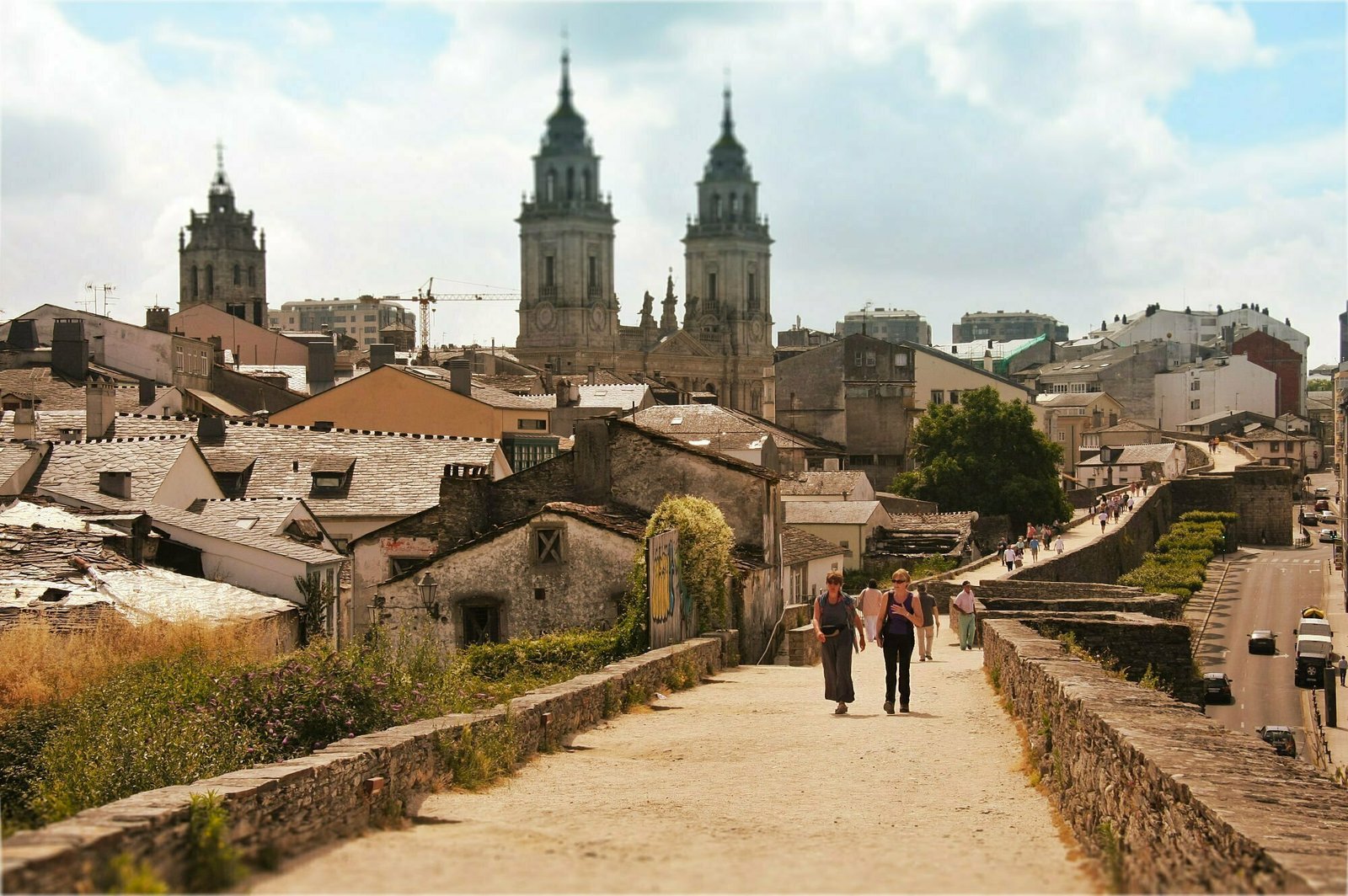

The Mediterranean Diet –
It’s no secret that the Mediterranean diet is healthy. It has been proven in numerous studies from all corners of the world, it aids weight loss, reduces the risk of heart disease and type 2 diabetes, as well as a growing list of other health benefits.
Find out what’s most exciting about the diet and create some incredibly tasty and simple Spanish recipes.
Find us on social media!
We’re social! Reach out and say hi!
The Spanish Radish Blog
Spanish Gazpacho Andaluz | VEGAN Chilled Soup Recipe
Spanish Gazpacho Andaluz Spain's favorite VEGAN chilled soup recipe! Gazpacho Andaluz is a delicious and fresh soup recipe that will transport your tastebuds straight to the sun-kissed landscape of Andalusia, Spain. This soup is...
Mediterranean Rainbow Salad with Easy Olive Oil Salad Dressing | Healthy VEGAN Recipe
Mediterranean Rainbow Salad with Easy Olive Oil Salad Dressing Embrace the summer vibes with this Mediterranean twist on a classic and colorful Rainbow salad. This recipe is healthy, loaded with healthy salad veggies that are a...
Spanish-Style Chicken Marinade – 30 Sec Recipe with 8 Ingredients
Spanish-Style Chicken Marinade Elevate your chicken recipes with this super easy Spanish-style chicken marinade with big Spanish flavors. This marinade requires no special equipment (a jar and a fork) and can be whipped up in...
